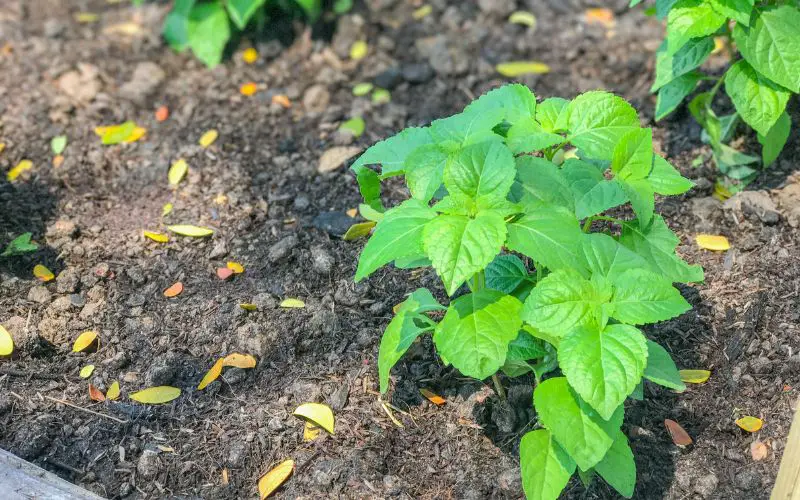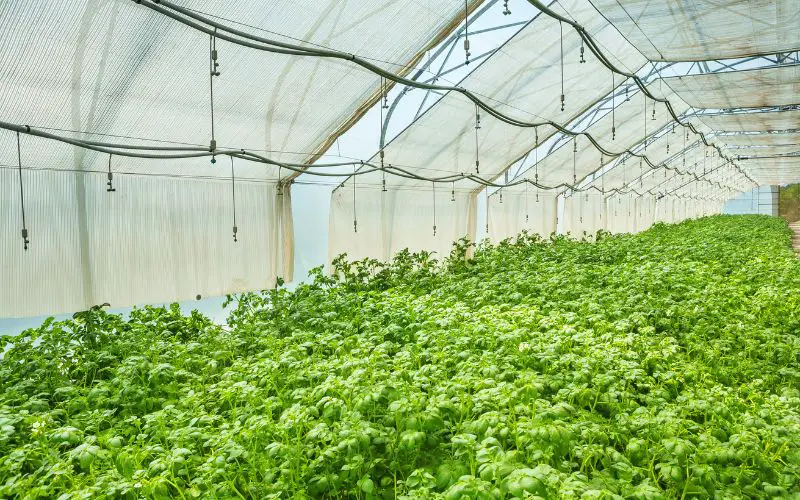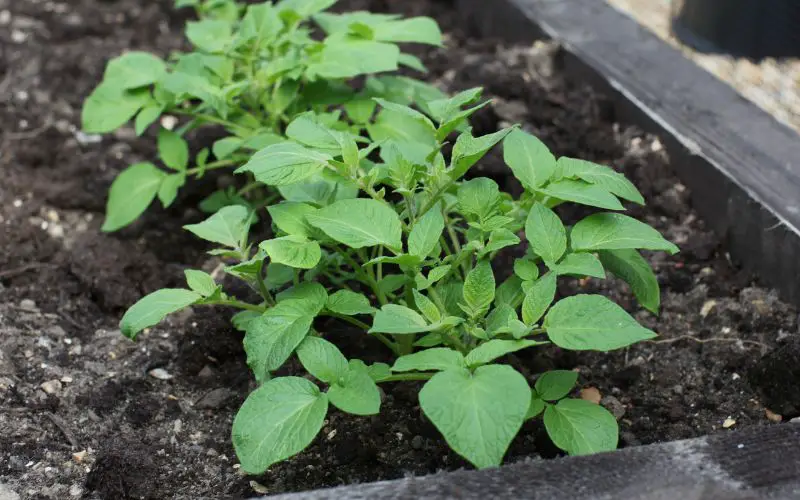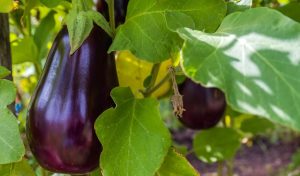Many gardeners are hesitant to plant potatoes in the winter because they are unsure if the cold weather will affect the potato’s growth.
With the right protection and growing conditions it is possible to grow potatoes during the winter months. Soil maintenance, variety, watering and overall care become much more vital during periods of cold weather but, with the right care you can grow potatoes in the winter.
Type of potato
There are two main types of potatoes: waxy and starchy.
Waxy potatoes have a lower starch content and are therefore better suited for salads and other dishes where you don’t want them to fall apart.
Starchy potatoes have a higher starch content and are better for dishes where you do want them to fall apart, such as mashed potatoes.
Interestingly, starchy potatoes are also more frost-sensitive than waxy potatoes.
So if you’re planning on growing potatoes in winter, you might want to stick with the waxy variety.
Climate
Potatoes are native to South America, which means they’re used to warm climates.
In fact, they need at least four hours of sunlight each day to grow properly.
If you live in an area with long winters and little sunlight, growing potatoes indoors might be your best bet.
But if you live in an area with shorter winters and more sunlight, you might be able to get away with growing them outdoors—provided you choose the right type of potato, as we discussed above.

Indoors or outdoors?
Growing potatoes indoors has a few advantages over growing them outdoors.
First, it protects the plants from frost damage.
Second, it allows you to control the temperature and humidity levels more easily, which can impact the growth of the plants.
Third, it provides protection from pests and diseases that might otherwise ravage an outdoor crop.
However, indoor potato farming also has its drawbacks; it can be more expensive than outdoor farming due to the need for extra equipment like grow lights and ventilation fans, and it requires a bit more attention and care than outdoor farming does.
What conditions do potatoes need to grow?
Potatoes need cool weather to grow properly.
They also need well-drained soil that is high in organic matter.
If you live in an area with warm winters, you’ll need to choose a potato variety that is resistant to warm weather.
When should you plant winter potatoes?
For the best results, plant your winter potatoes in late summer or early fall.
This will give them enough time to develop a good root system before the cooler weather sets in.
How should you plant winter potatoes?
Planting winter potatoes is similar to planting potatoes at any other time of year.
First, loosen the soil with a shovel or hoe and then create furrows that are about eight inches apart.
Next, add some fertilizer to the furrows and then plant your potato seeds about four inches apart.
Once they are planted, cover them with two inches of soil and water them well.

Watering your winter potatoes oroperly
It’s important to water your winter potatoes properly so that they don’t get too dry or too wet.
The best way to do this is to water them deeply and then allow the soil to dry out completely before watering again.
During the growing season, you should fertilize your winter potatoes every two weeks using a balanced fertilizer such as 10-10-10.
Care for your plants
Here are a few more tips when growing winter potatoes:
Mulch your potato plants with straw or hay to protect them from frost damage.
Water your plants regularly, as potatoes need moist soil to thrive.
Keep an eye out for pests and diseases, as these can cause problems even in winter. If you notice any pests or diseases, take steps to control them immediately.
Harvest your potatoes before the first frost hits. This will ensure that your potatoes are of high quality.
Final Words
So can potatoes grow in winter? The answer is maybe—it depends on what type of potato you’re trying to grow, what kind of climate you live in, and whether or not you’re growing them indoors or outdoors.
With that said, growing potatoes in winter is definitely possible—you just have to be mindful of the factors we’ve discussed above.






